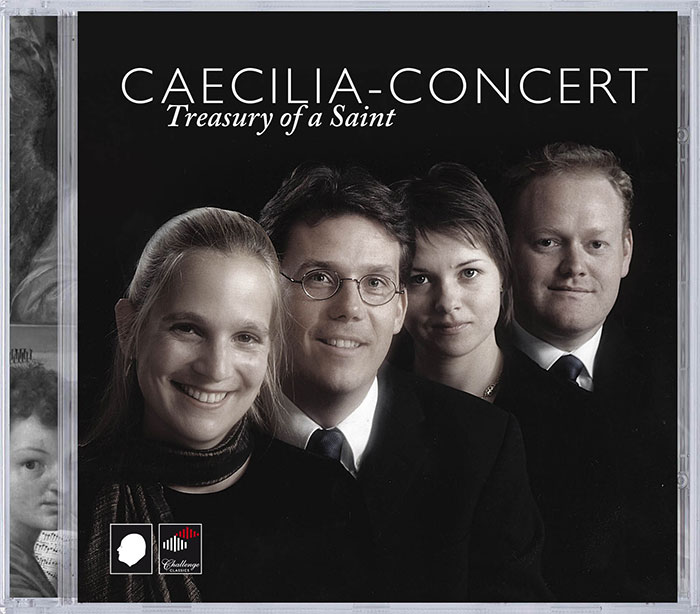Logowanie
Dlaczego wszystkjie inne nie brzmią tak jak te?
Chai Lang, Fan Tao, Broadcasting Chinese Orchestra
Illusive Butterfly
Butterly - motyl - to sekret i tajemnica muzyki chińskiej.
SpeakersCorner - OSTATNIE!!!!
RAVEL, DEBUSSY, Paul Paray, Detroit Symphony Orchestra
Prelude a l'Apres-midi d'un faune / Petite Suite / Valses nobles et sentimentales / Le Tombeau de Couperin
Samozapłon gwarantowany - Himalaje sztuki audiofilskiej
PROKOFIEV, Stanislaw Skrowaczewski, Minneapolis Symphony Orchestra
Romeo and Juliet
Stanisław Skrowaczewski,
✟ 22-02-2017
BARTOK, Antal Dorati, Philharmonia Hungarica
Dance Suite / Two Portraits / Two Excerpts From 'Mikrokosmos'
Samozapłon gwarantowany - Himalaje sztuki audiofilskiej
ENESCU, LISZT, Antal Dorati, The London Symphony Orchestra
Two Roumanian Rhapsodies / Hungarian Rhapsody Nos. 2 & 3
Samozapłon gwarantowany - Himalaje sztuki audiofilskiej
Winylowy niezbędnik
ClearAudio
Cartridge Alignment Gauge - uniwersalny przyrząd do ustawiania geometrii wkładki i ramienia
Jedyny na rynku, tak wszechstronny i właściwy do każdego typu gramofonu!
ClearAudio
Harmo-nicer - nie tylko mata gramofonowa
Najlepsze rozwiązania leżą tuż obok
IDEALNA MATA ANTYPOŚLIZGOWA I ANTYWIBRACYJNA.
Wzorcowe
Carmen Gomes
Celebrating the art and spirit of music - vol. 5 - Reference Songs
- CHCECIE TO WIERZCIE, CHCECIE - NIE WIERZCIE, ALE TO NIE JEST ZŁUDZENIE!!!
Petra Rosa, Eddie C.
Celebrating the art and spirit of music - vol. 3 - Pure
warm sophisticated voice...
SAMPLER - STS DIGITAL, Gregor Hamilton
Celebrating the art and spirit of music - vol. 2 - Love songs from Gregor Hamilton
...jak opanować serca bicie?...
SAMPLER - STS DIGITAL
Celebrating the art and spirit of music - vol. 1 - Leonardo Amuedo
Największy romans sopranu z głębokim basem... wiosennym
Lils Mackintosh
Celebrating the art and spirit of music - vol. 4 - A Tribute to Billie Holiday
Uczennica godna swej Mistrzyni
Caecilia-Concert
Treasur of a Saint
- Caecilia-Concert - orchestra
On this CD “Treasury of a Saint”, The Caecilia-Concert presents a varied selection of pieces composed during the 17th century in different styles, originating from different countries, and arising from different currents in Christianity. what these pieces have in common is their instrumentation. As a result of the unique make up of The Caecilia-Concert, we are able to play them on the instruments on which they may have been played in the 17th century and often were. These compositions can be roughly categorized into three genres that existed alongside each other: vocal polyphony, diminutions based on vocal music, and instrumental music. The three wind instruments: cornetto, trom- bone, and dulcian, alongside the organ, were often used in the 16th century as additional support or as replacements for voices in vocal polyphonic music. Included on this CD are a few vocal works performed instrumentally. [7, 17, 18] As the 16th century progressed, the orna- mentation used by the instrumentalist to decorate this vocal music became increas- ingly more extravagant and virtuosic. Out of this arose the development of a new genre towards the close of the century: the dimi- nution. players took an existing madrigal by a composer, such as palestrina for example, selected one voice that was then to be orna- mented, and performed the decorated voice with a continuo instrument such as an organ, lute, or harpsichord. These dominant voices were frequently written out. The result was one composition at the hand of two compos- ers: the composer of the madrigal and the composer of the diminution. [12, 15] The third genre, instrumental music, is con- nected in degrees of importance to the rise of opera, and therefore to the development of monody and the use of a basso continuo instrument as accompaniment for one or more solo instruments. This led in the 17th century to an explosion of compositions for instruments that previously were used for the accompaniment of singers. The compos- ers were quite often players and the players frequently composers. As a result, they knew better than anyone else the technical pos- sibilities and limitations of their respective instruments. The harpsichord proved itself to be an ideal continuo instrument but rapidly developed into a sought- after vehicle for solo repertoire. R1
























